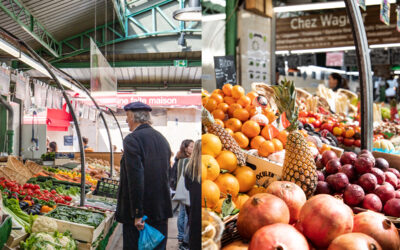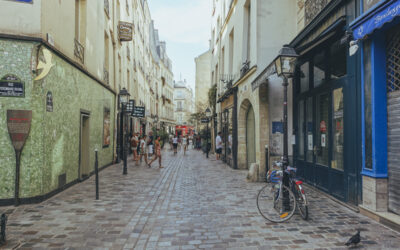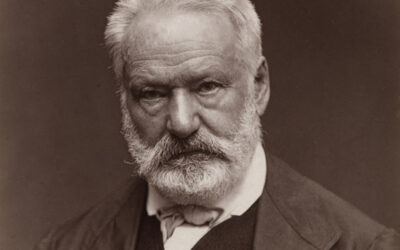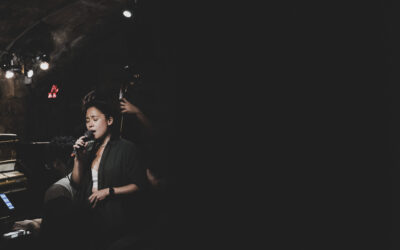It's almost not a street. In any case it is the least known in the Marais.
In the extension of rue de Beauce, ruelle Sourdis is a semi-private dead end with a gate at each end.
Created in 1620, without sidewalks and concave, this alley, formerly L-shaped, began at 3 rue Charlot and ended at 15 rue Pastourelle.
It is still “in its original state”: it has retained its central gutter, its stone bollards and its uneven paving stones.
Note, however, that the part of the L giving onto rue Charlot has been closed for many years but can be seen through a gate.
The other part, the one overlooking rue Pastourelle, is regularly closed.
Rue Sourdis reminds us that in the Middle Ages when you emptied your chamber pot through the window of your home, you shouted “Beware of the water!” » to warn his fellow citizens of the wastewater and other dirt that was going to be dumped on the road.
Passers-by then took refuge against the houses, towards the top of the pavement to protect themselves from the splashes.
This is how the expression “holding the upper hand” was born.

Text: Katia Barillot
Photos: ©Anaïs Costet
FOR PASSIONATES OFUS
The Enfants Rouges market, everyone loves it
Restaurants, merchants, a photo store, a bookstore... This is how the Red Children's Market presents itself, unique in its kind in the Marais and its capital because it is the only one to offer such a varied and varied range of restaurants. qualitative.
The Marais Jewish quarter in Paris
From the 13th century, the Marais was home to a Jewish community which remained there until its expulsion in the 14th century. Fleeing poverty and persecution, Jews from Eastern countries and those from Alsace settled there in the 19th century. Around rue des rosiers and Place Saint-Paul renamed Pletz…
Victor Hugo, the writer with a thousand talents
Born in 1802, Victor Hugo became a social writer, a playwright, a poet, a novelist and a romantic designer. Nicknamed the man-ocean then the man-century, he is a political figure and a committed intellectual. He found success with Notre-Dame-de-Paris in 1831 and with Les Misérables in 1862.
NOW ON THE MOOD MARSH
Jazz at 38Riv: The highlights of May
The only jazz club in the Marais, 38Riv is the temple of cool and swing. Rue de Rivoli, between Saint-Paul and Hôtel de Ville, its vaulted cellars are the home base of the new jazz scene. Every evening, the magic happens.
The Enfants Rouges market, everyone loves it
Restaurants, merchants, a photo store, a bookstore... This is how the Red Children's Market presents itself, unique in its kind in the Marais and its capital because it is the only one to offer such a varied and varied range of restaurants. qualitative.
The Marais Jewish quarter in Paris
From the 13th century, the Marais was home to a Jewish community which remained there until its expulsion in the 14th century. Fleeing poverty and persecution, Jews from Eastern countries and those from Alsace settled there in the 19th century. Around rue des rosiers and Place Saint-Paul renamed Pletz…





